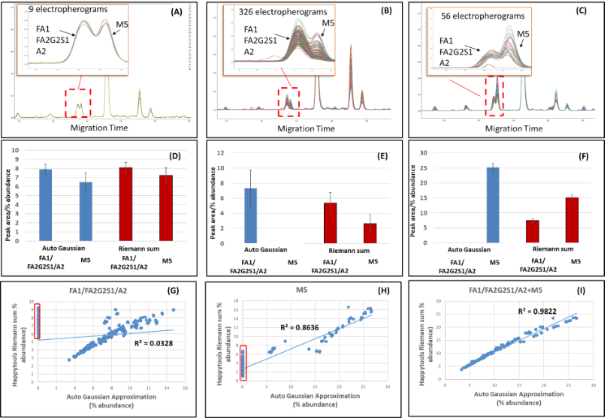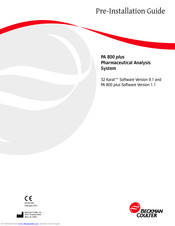
32 Karat Software is intended to be used as a single-point controller for Beckman Coulter HPLC, P/ACE MDQ, and ProteomeLab PA 800 syst ems and as a general chromatography data system for most HPLC and CE instruments featuring analog data outputs. 1.4 General Description.
When the 32 Karat Software is launched, the Enterprise screen displays. The Enterprise screen is the main system module that controls many smaller applications, one of which is System Administration. Setting the Login Option When login is enabled, a valid user name and password must be entered to access instrument or administration features. I have been looking for 32 Karat Software for my Beckman System Gold but unfortunately i couldn't find it even after i contact the Beackman Coulter company, they didnt reply at me. So is there anyone can help me to get the software or else guide me?? Karat has conducted over 70,000 technical interviews for enterprises. We partner with engineering and tech recruiting leaders to hire better through predictive, fair interviews that increase hiring capacity, unlock software engineering productivity, and deliver exceptional candidate experiences.
Next: Display Tables, Up: Character Display [Contents][Index]

39.22.1 Usual Display Conventions
Here are the conventions for displaying each character code (in theabsence of a display table, which can override theseconventions; see Display Tables).
32 Karat Software Manual Download
- The printable ASCII characters, character codes 32through 126 (consisting of numerals, English letters, and symbols like‘#’) are displayed literally.
- The tab character (character code 9) displays as whitespace stretchingup to the next tab stop column. See Text Display in The GNUEmacs Manual. The variable
tab-widthcontrols the number ofspaces per tab stop (see below). - The newline character (character code 10) has a special effect: itends the preceding line and starts a new line.
- The non-printable ASCII control characters—charactercodes 0 through 31, as well as the DEL character (character code127)—display in one of two ways according to the variable
ctl-arrow. If this variable is non-nil(the default),these characters are displayed as sequences of two glyphs, where thefirst glyph is ‘^’ (a display table can specify a glyph to useinstead of ‘^’); e.g., the DEL character is displayed as‘^?’.If
ctl-arrowisnil, these characters are displayed asoctal escapes (see below).This rule also applies to carriage return (character code 13), if thatcharacter appears in the buffer. But carriage returns usually do notappear in buffer text; they are eliminated as part of end-of-lineconversion (see Coding System Basics).
- Raw bytes are non-ASCII characters with codes 128through 255 (see Text Representations). These characters displayas octal escapes: sequences of four glyphs, where the firstglyph is the ASCII code for ‘’, and the others aredigit characters representing the character code in octal. (A displaytable can specify a glyph to use instead of ‘’.)
- Each non-ASCII character with code above 255 is displayedliterally, if the terminal supports it. If the terminal does notsupport it, the character is said to be glyphless, and it isusually displayed using a placeholder glyph. For example, if agraphical terminal has no font for a character, Emacs usually displaysa box containing the character code in hexadecimal. See Glyphless Chars.
The above display conventions apply even when there is a displaytable, for any character whose entry in the active display table isnil. Thus, when you set up a display table, you need onlyspecify the characters for which you want special behavior.
32 Karat Software
The following variables affect how certain characters are displayedon the screen. Since they change the number of columns the charactersoccupy, they also affect the indentation functions. They also affecthow the mode line is displayed; if you want to force redisplay of themode line using the new values, call the functionforce-mode-line-update (see Mode Line Format).
32 Karat Software Manual Software
This buffer-local variable controls how control characters aredisplayed. If it is non-nil, they are displayed as a caretfollowed by the character: ‘^A’. If it is nil, they aredisplayed as octal escapes: a backslash followed by three octaldigits, as in ‘001’.
32 Karat Software Manual User

The value of this buffer-local variable is the spacing between tabstops used for displaying tab characters in Emacs buffers. The valueis in units of columns, and the default is 8. Note that this featureis completely independent of the user-settable tab stops used by thecommand tab-to-tab-stop. See Indent Tabs.
32 Karat Software Manual Instructions
Next: Display Tables, Up: Character Display [Contents][Index]